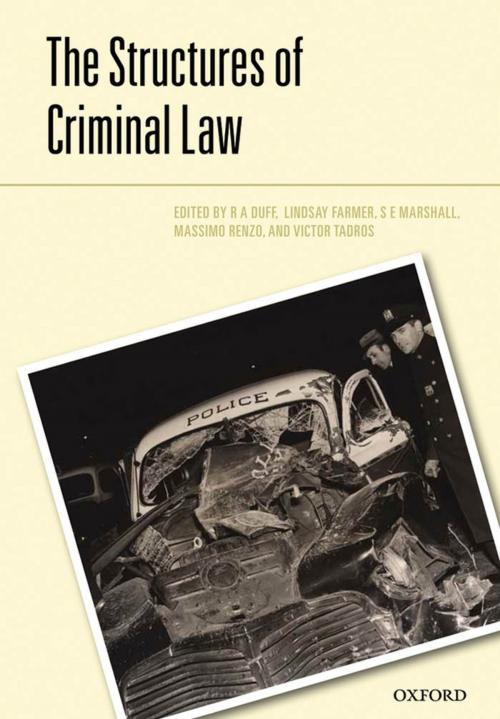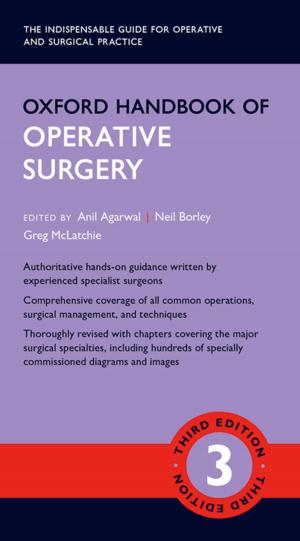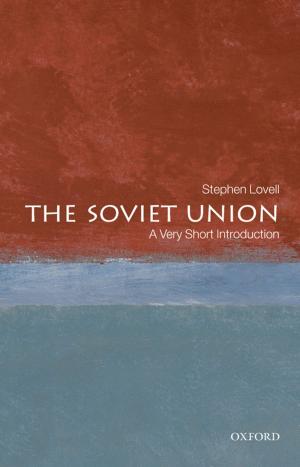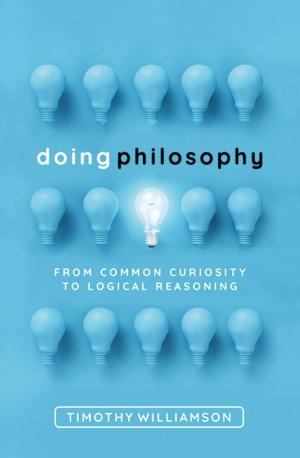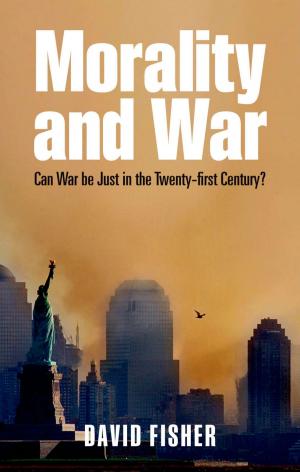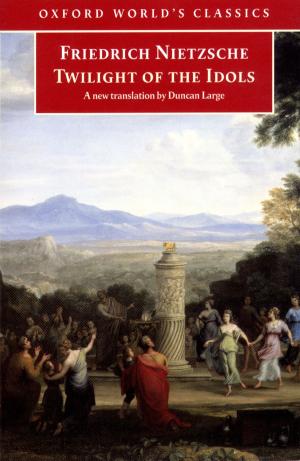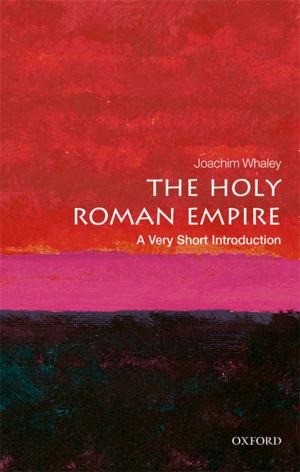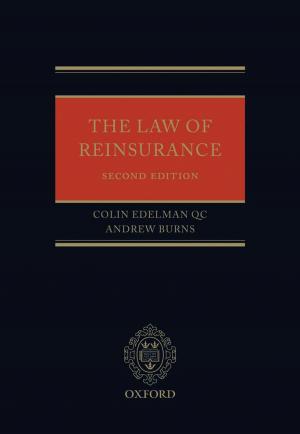The Structures of the Criminal Law
Nonfiction, Reference & Language, Law, Criminal law, Social & Cultural Studies, Social Science| Author: | ISBN: | 9780191630231 | |
| Publisher: | OUP Oxford | Publication: | December 8, 2011 |
| Imprint: | OUP Oxford | Language: | English |
| Author: | |
| ISBN: | 9780191630231 |
| Publisher: | OUP Oxford |
| Publication: | December 8, 2011 |
| Imprint: | OUP Oxford |
| Language: | English |
Criminalization is a new series arising from an interdisciplinary investigation into the issue of criminalization, focussing on the principles and goals that should guide decisions about what kinds of conduct are to be criminalized, and the forms that criminalization should take. Developing a normative theory of criminalization, the six volumes will tackle the key questions at the heart of issue: By reference to what principles and goals should legislations decide what to criminalize? How should criminal wrongs be classified and differentiated? And how should law enforcement officials apply the law's specification of offences? The second volume in the series concerns itself with the structures of criminal law in three different senses. The first examines the internal structure of the criminal law itself and the questions posed by familiar distinctions between which offences are typically analysed. These questions of classification include discussion of the growing range of crimes and the problems posed by this broadening of definition. Should traditional ideas and conceptions of the criminal law be reshaped in light of recent developments or should these developments be criticized and refuted? Structures of criminal law also refer to the place of the criminal law within the larger structure of the law. Here the book examines the relationships with and between the criminal law and other aspects of law, particularly private law and public law. It also looks at how the criminal law is made, and by whom. Finally the third sense of structure is outlined - the relationships between legal structures and social and political structures. What place does the criminal law have within the existing political and social landscapes? What are the influences, both political and social, upon the criminal law, and should they be allowed to influence the law in this fashion? What is its proper role? Focussing not only on the questions about the criminal law's proper scope, but also on crucial questions about how crimes should be structured, defined, and classified, this book provides a deeper understanding of criminalization.
Criminalization is a new series arising from an interdisciplinary investigation into the issue of criminalization, focussing on the principles and goals that should guide decisions about what kinds of conduct are to be criminalized, and the forms that criminalization should take. Developing a normative theory of criminalization, the six volumes will tackle the key questions at the heart of issue: By reference to what principles and goals should legislations decide what to criminalize? How should criminal wrongs be classified and differentiated? And how should law enforcement officials apply the law's specification of offences? The second volume in the series concerns itself with the structures of criminal law in three different senses. The first examines the internal structure of the criminal law itself and the questions posed by familiar distinctions between which offences are typically analysed. These questions of classification include discussion of the growing range of crimes and the problems posed by this broadening of definition. Should traditional ideas and conceptions of the criminal law be reshaped in light of recent developments or should these developments be criticized and refuted? Structures of criminal law also refer to the place of the criminal law within the larger structure of the law. Here the book examines the relationships with and between the criminal law and other aspects of law, particularly private law and public law. It also looks at how the criminal law is made, and by whom. Finally the third sense of structure is outlined - the relationships between legal structures and social and political structures. What place does the criminal law have within the existing political and social landscapes? What are the influences, both political and social, upon the criminal law, and should they be allowed to influence the law in this fashion? What is its proper role? Focussing not only on the questions about the criminal law's proper scope, but also on crucial questions about how crimes should be structured, defined, and classified, this book provides a deeper understanding of criminalization.
